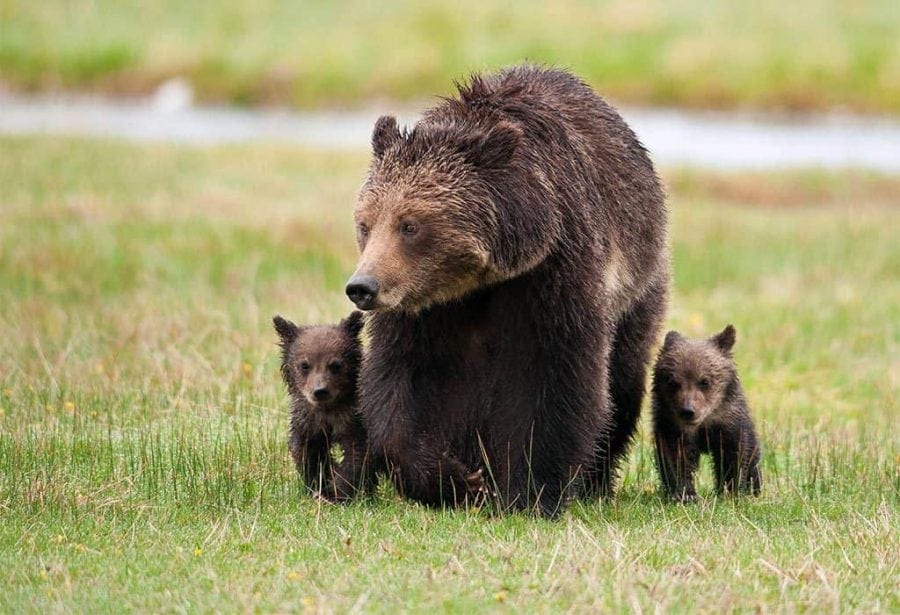Current work in wildlife, rivers, public lands, and climate
Press Releases
Bureau of Land Management receives new legal petition to reduce conflicts between livestock and wildlife
“Grazing under the Bureau’s outdated framework is a major contributor to habitat destruction, land degradation, and the resultant biodiversity loss,” said Lizzy Pennock, carnivore coexistence attorney at WildEarth Guardians. “On top of that, carnivores are targeted for death when livestock are present in their habitat. With this petition, the Bureau has a chance to begin unstacking the deck against our native carnivores by creating a proactive, science-based management framework that prevents conflicts on the millions of acres where the agency permits grazing.”
The Bureau manages 245 million acres of public land across the western U.S.; lands that are home to thousands of species of native wildlife, including many of our nation’s large carnivore species like wolves, grizzly bears, black bears, and mountain lions. These animals play essential roles in the ecosystems to which they belong. However, nearly two-thirds of these lands—155 million acres (approximately the size of California and Oregon combined)—are also grazed by privately-owned livestock without any enforceable conflict reduction measures in place to protect wildlife.
Conflicts triggered by livestock grazing in wildlife habitat are a major cause of death for species including wolves, grizzly bears, and coyotes. USDA’s Wildlife Services—the federal program tasked with carrying out the killing on behalf of the livestock industry and other federal and state agencies—kills tens of thousands of native carnivores every year. For example, in the past five years, Wildlife Services has killed over 313,000 adult coyotes. Wildlife Services kills wildlife with poison, strangulation neck snares, leghold traps, by gassing dens full of newborn pups, and by chasing wildlife down with aircraft and shooting them once they are too exhausted to continue running, among other methods.
Additionally, data from the U.S. Fish & Wildlife Service reveals that management killings resulting from livestock conflict are a significant contributor to grizzly bear death. Such killing accounted for 48% of all management killings and 22% of all human–caused mortality of independent-aged bears in the Greater Yellowstone Ecosystem between 2002 and 2020; and 39% of all management killings and 15% of all known mortalities (including natural) of independent-aged bears in the Northern Continental Divide Ecosystem over the same time period. Bureau-managed grazing allotments surround multiple connectivity pathways for grizzly bears dispersing from and between population cores, including in the Gravelly Range and the Tobacco Root mountains in Montana.
Carnivore-livestock conflicts are both uncommon and largely preventable. For example, in Montana in 2015, 0.2% of cattle deaths and 1.2% of calf deaths were attributable to wolves. Deaths to sheep and cattle caused by all carnivores combined in the U.S. do not approach losses from health problems, weather, and theft individually. Nearly all livestock losses that are attributable to carnivores can be reduced and prevented by non-lethal measures.
The petition’s suggested measures include creating buffer zones between livestock and livestock attractants (such as salt blocks) and known wolf den and rendezvous sites; requiring prompt removal and disposal of livestock carcasses to avoid creating attractants; and the use of guard animals and human range riders. Today’s petition mirrors a similar petition WildEarth Guardians sent to the U.S. Forest Service in 2022.

###
WildEarth Guardians is a conservation nonprofit whose mission is to protect and restore the wildlife, wild places, wild rivers, and health of the American West. Guardians has offices in Arizona, Colorado, Idaho, Montana, New Mexico, Oregon, and Washington, and over 179,000 members and supporters worldwide.